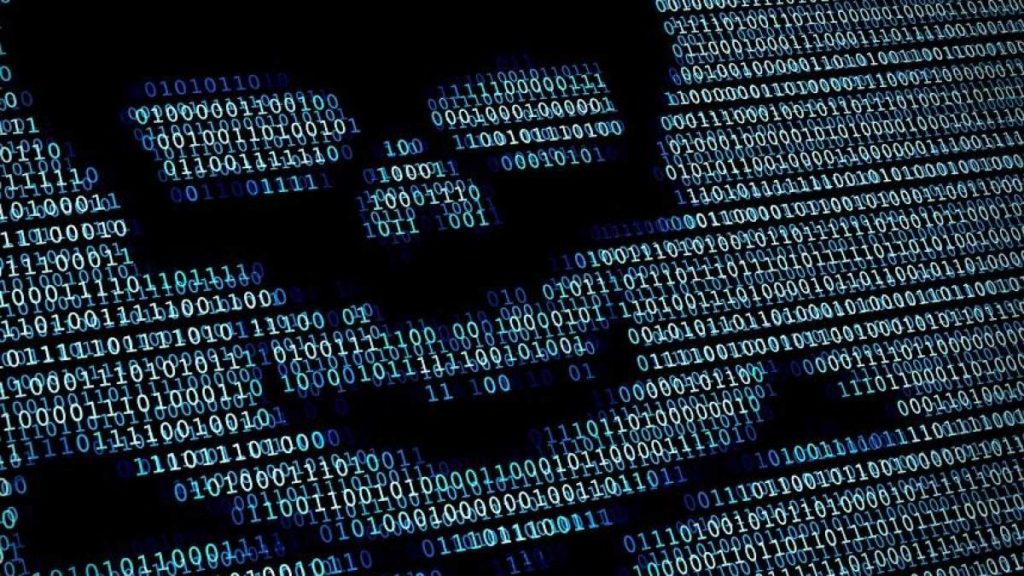The covid 19 pandemic has accelerated the digital transition, the virus and the computer hacker are our stowaways, the war, however, has converted them into a species of poachers, at the same time that the relative position of the actors in presence has changed substantially. due to the increasing dematerialization of the relationship between the actor and the system.
On these ever-faster information highways, these shadowy agents roam at will, deeper into the underground of the darknet or higher up in cloud computing. In between, the computer engineering of the most varied digital platforms, open the doors through which the stowaway and the poacher penetrates, taking advantage of a huge digital illiteracy of the population in general.
It is true, the digital business models are still not well adjusted, the digital coverage of the territory is not satisfactory, the difficulties of access and illiteracy are evident, the regulation of digital activity is open, privacy and security issues are not resolved, value chains and tax issues raise a lot of questions, computer hacking, cyber warfare and the hate of social media bubbles are here to stay.
However, in the digital transition, hypervelocity and systemic risk prevail and, thus, external effects are inevitable, to the benefit of moral hazard, the stowaway and the poacher. Digital transition and transgression go hand in hand.
Ahead of us are the 5th and 6th generations of mobile communications. In the history of great transformations this is a sign of the latest disruptive innovation. The 1st disruptive innovation had to do with the steam engine, mechanics and the railroad that led us to the 1st industrial revolution. The 2nd disruptive innovation had to do with electricity and industrial mass production.
The 3rd disruptive innovation had to do with electronics, computers and the internet. The 4th disruptive innovation has to do with connectivity, artificial intelligence and quantum and peripheral computing, that is, with maximum interoperability, interdependence and hypervelocity and the production of many side effects, fortuitous and accidental interactions, with a gigantic impact, for example, in the functioning of the cities of the future.
In addition, the digital economy of the 4th disruptive innovation can put us in a painful bifurcation, because the risk exists and the signs are already there. In terms of macropolitics, we may be facing the imminence of a digital cold war between the US and CHINA, judging by the successive retaliations around the 5G network.
This bifurcation could, at the limit, lead us to the formation of national internets and even to a kind of new generation of cybernetic weapons of destruction limitation agreements. After nuclear, chemical and biological weapons, it would now be the turn of cybernetic weapons and, this time, with a very special focus on the fields and effects of electromagnetic radiation.
On the other hand, in terms of micropolitics, we will witness the formation and proliferation of platform-territories, intelligent communities of very varied geographic scope and network actors managing a new generation of common goods and services within the framework of decentralized networks.
But, also, the formation of many more or less tribal bubbles in social networks, therefore, more internal and external effects, a high moral hazard and the emergence of many other stowaways and poachers.
The economy of the digital transition profoundly changes the relationship between the actor and the system, but also the nature of conflicts within value chains where, henceforth, immaterial factors grow in importance in a more dematerialized and service-providing economy. With the war and the effects of sanctions, the risk of collision is enormous, the crisis of the logistic chains is evident and, therefore, also the collateral and unintentional effects, the stealthy behavior of moral hazard and stowaways.
In this context, the economy of digital transition and value chains must take care of the following aspects:
– Improve the synergy of processes and procedures and reduce the entropy of the chains,
– In application of the 4R policy, reduce linearity and improve circularity,
– Improve regulation between operators and reduce aggressive competition,
– Reduce consumption of fossil fuels and increase consumption of renewable resources,
– Improve the quality of overall connectivity and reduce random and stealthy interactions,
– Improve the distribution of income within value chains via negotiation,
– Improve IT security risk management,
– Reduce job insecurity and improve hiring and regulation conditions.
The 5th and 6th generation digital economy introduces hyperspeed and high connectivity into the economic system, and this overheating gives rise to a new generation of external effects where collateral damage, fortuitous interactions, stealthy behavior and accidental discoveries are counted, that is, We must be alert not to allow dematerialization and virtualization to end up hiding and disguising a substantial part of the externalities created, especially the negative ones, where the group of stealthy behaviors stands out, in particular, the moral hazard or moral hazard, the stowaway and the poacher.
Final grade
In the end, if we want to avoid digital transgressions, these systemic risks and stealthy behaviors require a permanent observation and monitoring post and that is the reason why the whole theory of external effects needs to be revised, otherwise the conventional privatization of the benefit and socialization of the damage becomes a recurring crime against the country.
We cannot allow targets or victims to be the same as always. The consumer, through inflation or monopoly or quasi-monopoly prices, price concertation and abuse of a dominant position.
The taxpayer, through aggressive tax planning, tax evasion or tax benefits from large technology companies. The worker, through the deregulation and deregulation of digital work and collective bargaining.
Citizens, through hyper-surveillance, the violation of their privacy, computer piracy and the action of algorithms in shaping our behavior in the so-called two-way markets where digital snipers lurk. And so it is not valid.




















Comments